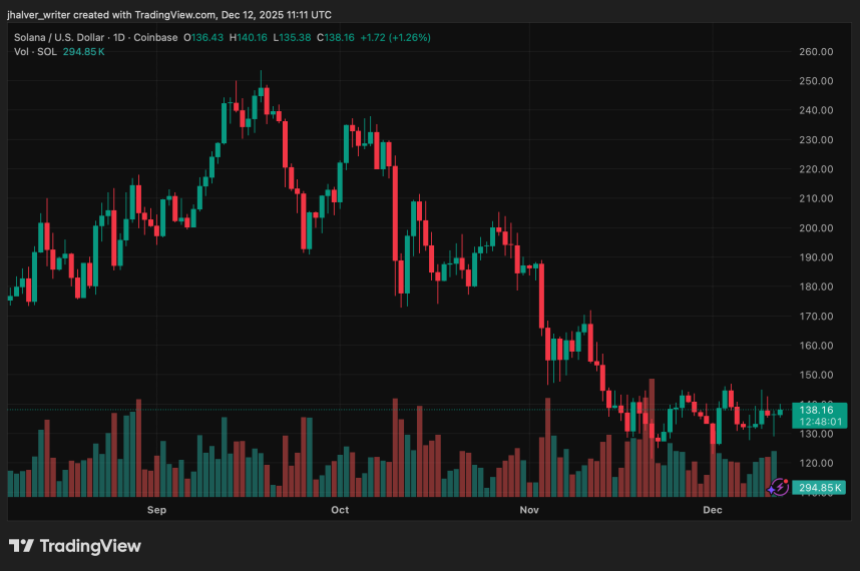
Track The Trend In The Market Value Of Colored Diamonds Using Blockchain
Once considered a low-quality cousin of white diamonds, colored diamonds are scarce and therefore highly valuable. It caters to a niche clientele and is a favorite of celebrities and socialites, who have also inadvertently contributed to their desirability. According to geologists, only one among 100,000 diamonds removed from the earth is a colored diamond. They get their color from small amounts of trace elements such as nitrogen, boron, graphite, and hydrogen, which interact with the stone’s carbon atoms. Nitrogen will create a yellow or orange diamond, and hydrogen creates pinks, purples, and reds.
It is also one of the most profitable assets to invest in. Twelve years ago, an opportunity in the diamond market and the alternative hard asset market presented itself for investors to do extremely well. Harold Siegel is an expert in rare colored diamonds as investments and has featured on Bloomberg, CNN, and CNBC. He explains that not every diamond, by its hue, make for good investments. Only certain diamonds with an impressive track record are recommended for investment purposes.
Pink Diamonds from the Argyle Mines

Diamonds are found worldwide, but the Kimberly region in Western Australia is home to some of the rarest colored diamonds in the world. The Argyle mine produces the entire supply of the world’s pink diamonds virtually. Each year the Argyle mine selects 40 to 55 of their best diamonds to be sold in what is one of the most anticipated events in the diamond industry — the Argyle Pink diamonds tender. These diamonds are viewed by a select few clients worldwide who are invited to place sealed bids on an individual or multiple diamonds.
These rare colored diamonds are truly the best-kept secrets in investment history. Their high-quality pink diamonds can be sold for up to 50 times more than a typical white diamond. With no other pink diamond mines and deposits in the world, declining mineral reserves, and the fact that the Argyle mines will close in 2018, it is likely that the value of these stones will continue to grow. High-end jewelers such as Cartier, and Van Cleef and Arpels use these to create spectacular pieces for luxury consumers.
Other Colored Diamonds
The rarest of all diamonds are red diamonds, of which there are only maybe 30 pure red ever found and graded by GIA. Next, as far as rarity and price are concerned, comes blue diamonds. A vivid blue diamond sold for $2,00,000 in 2005 is worth over two million dollars today. Green diamonds are most interesting because they come out of the ground black. For years the cutters didn’t know that below the black diamond and actually green and sold them as black diamonds at $300 to $400 a carat, whereas a green diamond is worth around $3 million a carat. Then there are the scarce orange diamonds and purple diamonds to consider.
The three Best Diamonds to Invest in
With the popularity of rare colored diamonds on the rise, they have been getting a lot of attention. Today, more than ever before, investors have begun looking at rare colored diamonds as an alternative investment.
The three best diamonds to invest in depending on your financial wherewithal are yellow flawless diamonds because they have a strong track record. They increased by 20 to 25% a year, double every four years, and during times of high inflation can increase as much as 500% as they did in 1979 and 80. The Argyle diamonds would be the second choice because the demand is high and the supply is low, and they are going to close soon, and anytime you have a situation where demand is high and supplies are low, there’s a recipe for high prices. They start in about the $40,000 — $50,000 range. Recommended are the flawless white diamonds with a track record of 25% a year. They are negatively correlated to stock, meaning if stocks fall, they will hedge against that and increase value.

Need for Blockchain-powered Diamond Consortiums
The legacy of trade-in diamond goes way back when there was no sophisticated system to record the rise and fall of the value of an asset. The price of a rare diamond could vary vastly in different geographic locations, mainly due to the lack of knowledge of the stone’s true worth. Diamond consortiums are focused on changing this and making these stones a standard asset in trading, bringing in reliability and transparency in the gems’ pricing.
Blockchain provides a historical price tracking system that can record and preserve the stats of transactions at private sales and auctions of a certain diamond. These diamonds are then tracked over a period of time, charting the graph of the various prices it is sold at. This will show what the diamonds have done in the past, where they are now, and where they will be in the future. This information is crucial to a potential investor to determine which diamonds are the most promising ones to put their money on.
Diamante is one of the first diamond consortiums to have collated the high-end jewelry industry with the software sector in adopting blockchain. The decentralized ledger provides a highly secure platform in which players from every sector in the diamond industry can participate, contribute, and verify the transactional data.
This concept is gaining traction in proportion with the rising demand for colored diamonds and has boosted the trade and exchange of diamonds. Soon enough, diamonds could secure a status equal to that of gold in being considered a safe investment option.





